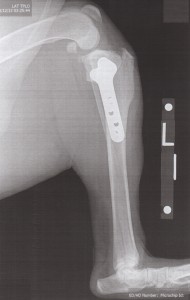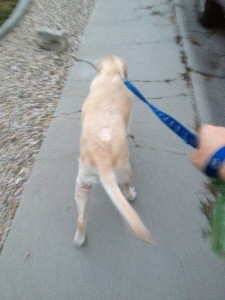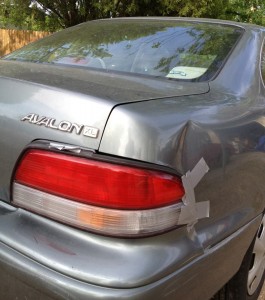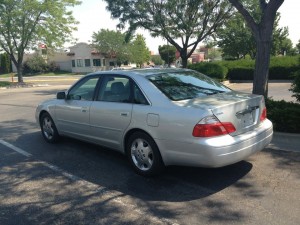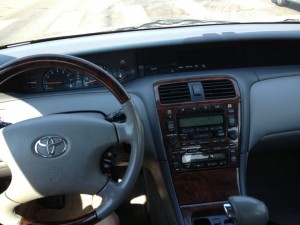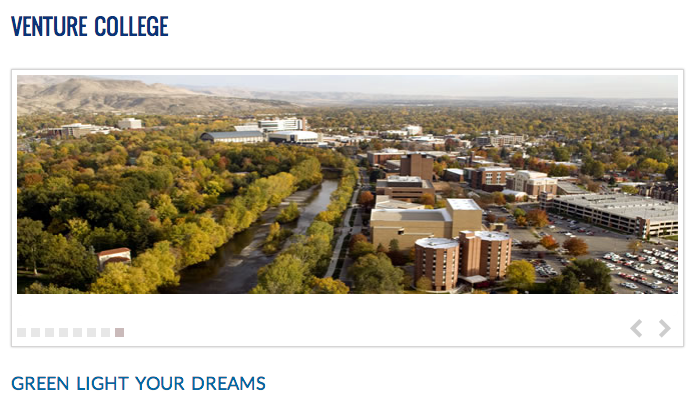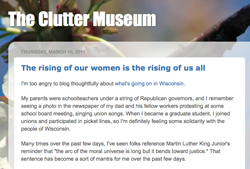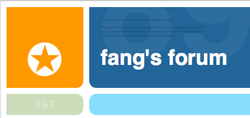In my post earlier this week, I wrote,
Recently, my university revised its general ed requirements, and in order for a course to count toward those requirements, we had to send department faculty to a course design institute to ensure the courses met university-wide learning outcomes. I was actually fine with that, as we were allowed to be pretty damn vague about what would go on in each section of a course–e.g., “assessments may include, but are not limited to, essays, exams, and group presentations.”
I find mandatory administration-imposed course design institutes absolutely terrifying. You’re the expert on how to design a successful history course, not some “learning scientist” or, even worse, a Deanlet. Professors are trained professionals. We should be allowed to do our jobs however we see fit. Allowing vagueness is just the first salvo in a campaign that will end with complete deprofessionalization if all of us aren’t careful.
I have mixed feelings about mandatory professional development exercises around teaching.
On the one hand, I certainly don’t like being told I have to go to them. Like most faculty, I chafe at the idea of any kind of mandatory “training,” especially since so much training at universities leaves something to be desired.
On the other hand, having worked in a teaching center, I definitely see the utility to some faculty of course design tutorials. While those of us in the humanities usually have had plenty of hands-on experience in teaching and even course development by the time we hit the post-Ph.D. adjunct or tenure-track (I designed and taught my first course in 1999, and started on the tenure track in 2010, for example), faculty in the sciences often have had no experience in the classroom. Junior science faculty often arrive on campus after years of lab- or fieldwork, and they were hired—at least at universities with particular kinds of aspirations—because of their research experience. At UC Davis, I regularly had tenure-line science faculty approach me in their third quarter (after two quarters of course releases), asking me how to teach all kinds of courses or manage TAs. Our semester-long Seminar in College Teaching was always packed with science grad students and postdocs.
However, we weren’t reaching all the science faculty with our various offerings, and I know there were many who would have benefited from even the briefest orientation to college teaching.
So do I think teaching workshops should be required for some faculty? Yes. (In an ideal world, departments would be the ones insisting on such training and ensuring people are teaching well.) I think faculty who haven’t acquired teaching experience during grad school, when they have access to mentors or supervisors, need to be introduced to basic concepts in teaching, such as the relationship of course objectives to activities to assessment. Should the university be deciding for faculty what those objectives, activities, and assessments should be? No. But from talking to new science faculty and interviewing their undergraduate students (at the faculty’s request), I learned there needs to be some kind of professional development for teaching. I’m sure there are some social scientists, artists, and humanists who have also managed to dodge teaching prior to being hired to a full-time job.
I’ve noticed that at many campuses, there’s a good deal of ill will toward the “center for excellence in teaching and learning” or whatever the fashionable name for such centers is these days. I think a lot of that ill will comes from the teaching centers colluding with administrators on professional development opportunities that are mandatory for all faculty regardless of the individual instructors’ experiences. At UC Davis, we tried to steer clear of such mandates, and we tried our damnedest to make ourselves useful to the local faculty rather than just preach best practices based on what we read in some journal.
